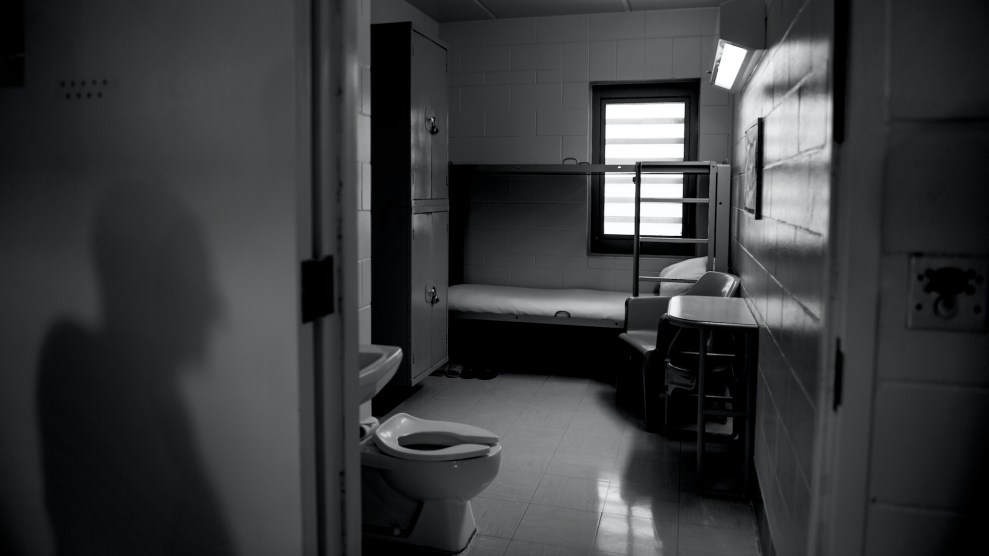By Madison Pauly on February 8, 2021
On his way out the door of the White House, President Donald Trump issued leases for Arctic oil drilling, attacked civil rights protections, and commuted the sentences of his former cronies. Less noticed was a last-minute move by his administration that could force thousands of people who were released early from federal prison due to the pandemic to go back behind bars when the emergency is over.
Before the pandemic, the Bureau of Prisons typically released prisoners with 6 months or 10 percent of their sentences remaining to home confinement, placing them with their families or in halfway houses. The CARES Act, passed last March, allowed the BOP to expand the group of people eligible for home confinement. The idea was to protect older or medically vulnerable prisoners considered to be a low risk to the public, while making more space for social distancing inside prisons.
Over the next 11 months, more than 21,300 federal prisoners were released to home confinement, at least 7,200 more than would have normally been eligible. “All of them left with the idea that they were staying home,” says Kevin Ring, president of Families Against Mandatory Minimums. “It wasn’t like the prison was saying, ‘We’ll see you back here in six months or nine months.’ No one thought that.”
Read more via Mother Jones >>

